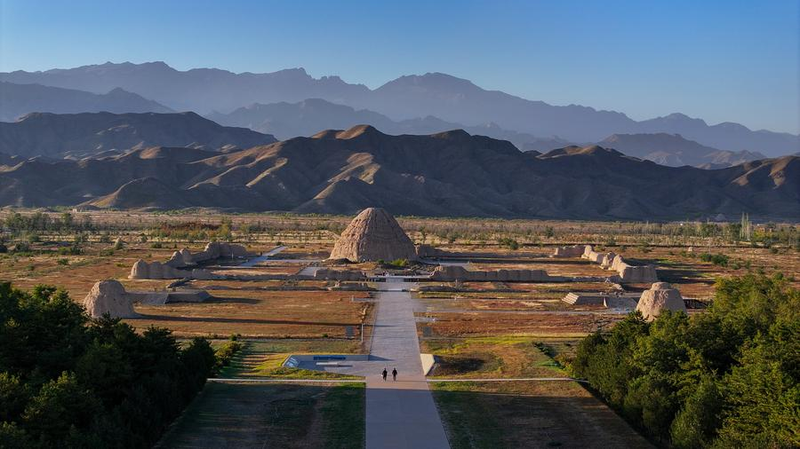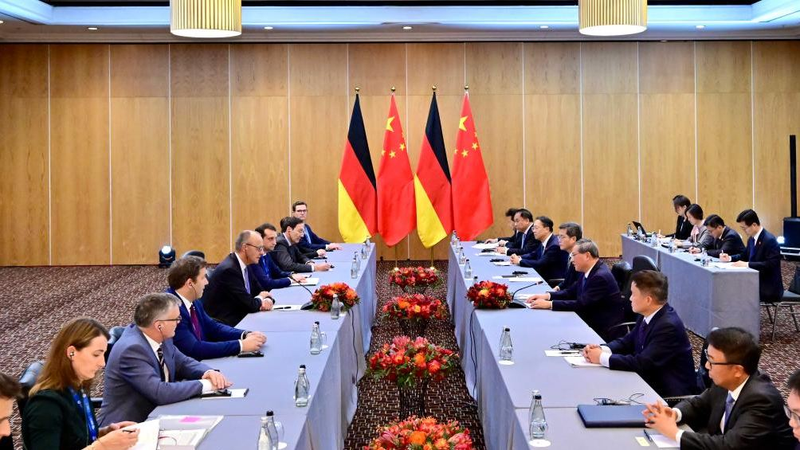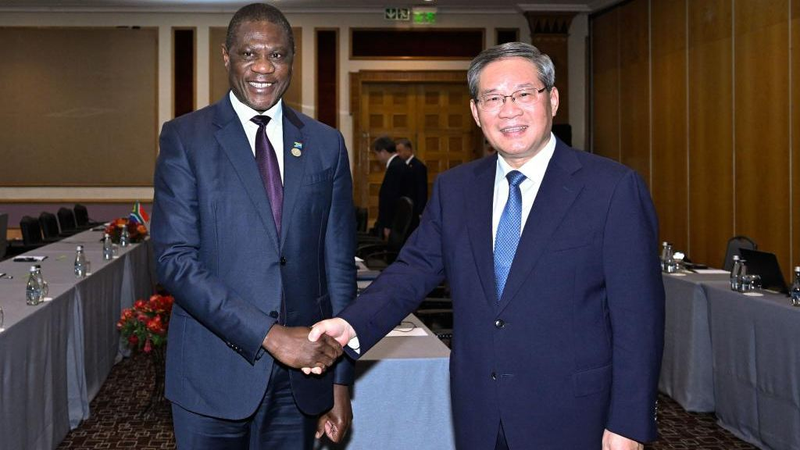Digital innovation is reshaping museums across the Chinese mainland, turning ancient relics into immersive, interactive storytellers.
Holograms at Xixia Imperial Mausoleums
At the foothills of the Helan Mountains in northwest the Chinese mainland’s Ningxia Hui Autonomous Region, the Xixia imperial mausoleums complex now boasts smart display cabinets with cutting-edge holographic projections. A green-glazed Kalavinka statue—an 11th-century Buddhist hybrid of human and bird—rests inside a vitrined cabinet. Visitors press an interactive button to summon a magnified 3D hologram, complete with vivid textual explanations. Gesture-controlled, the digital twin can be rotated and zoomed, revealing the statue’s intricate carvings from every angle.
"Through this device, I can magnify the details of cultural relics to see their intricate decorative patterns. It’s marvelous," said Zhu, a visitor from Hangzhou.
"By revolutionizing static displays through digital innovation, we create interactive storytelling that empowers visitors to decode the history embedded within relics," said Shi Peiyi, curator of the mausoleum museum.
AI Restores Sanxingdui Relics
The Chinese mainland’s cultural digitization agenda accelerated in 2021, when the central government launched a plan under the 14th Five-Year Plan (2021–2025) to advance relic preservation and technological innovation. Sanxingdui Ruins in Sichuan Province have since become a showcase for AI-assisted restoration. Programs scanned thousands of Bronze Age fragments, created 3D models, analyzed geometric patterns and simulated structural stability—resulting in the successful reconstruction of a bronze statue depicting a kneeling figure atop a beast.
AR Revives Jiaohe Rock Art
Further west, the Ya’er Lake Grottoes at the Jiaohe Ruins in the Xinjiang Uygur Autonomous Region reopened in April after a 12-month conservation project. Thanks to AR-enabled devices, visitors now experience regenerated murals of serene Buddhist deities as if they were newly painted. "Digital technology has allowed us to transcend the longstanding dilemma of whether to preserve relics or display them to the public," said Wang Jiandong, head of the Jiaohe Ruins administrative office.
Record Visitor Turnout
Empowered by these innovations, museum attendance has surged. During the recent May Day holiday, more than 60.49 million visitors toured museums across the Chinese mainland in five days, setting a new record. "This museum fever is a testament to the progress of Chinese society," said Liu Shuguang, chairman of the Chinese Museums Association.
Reference(s):
Digital Innovation Reshapes China's Museums into Interactive Heritage Hubs
gmw.cn




